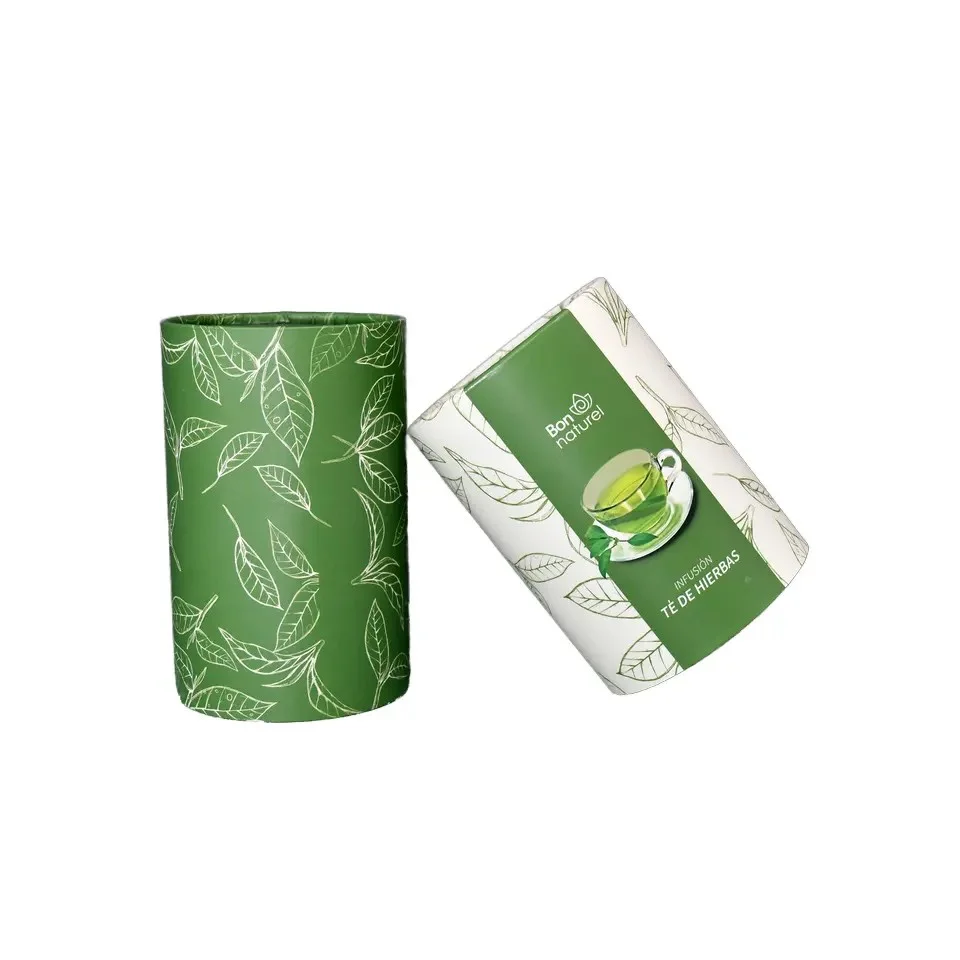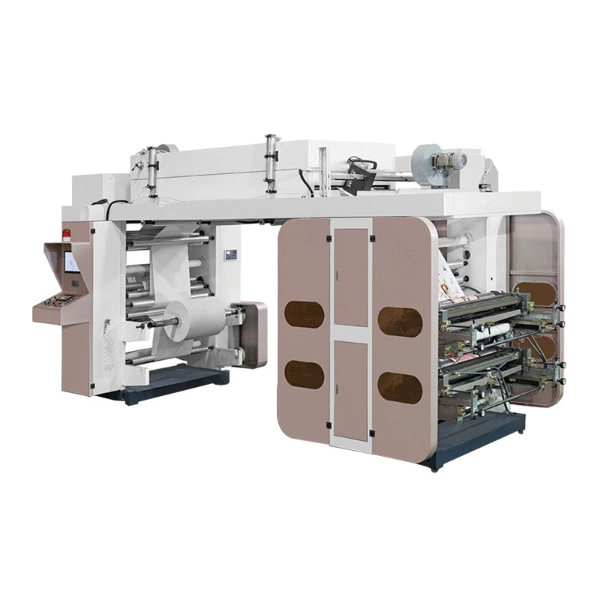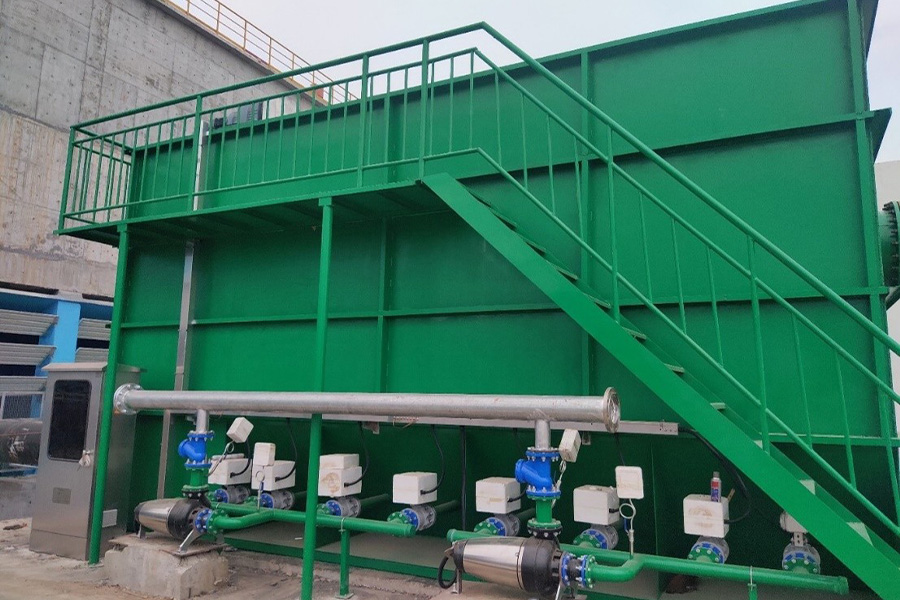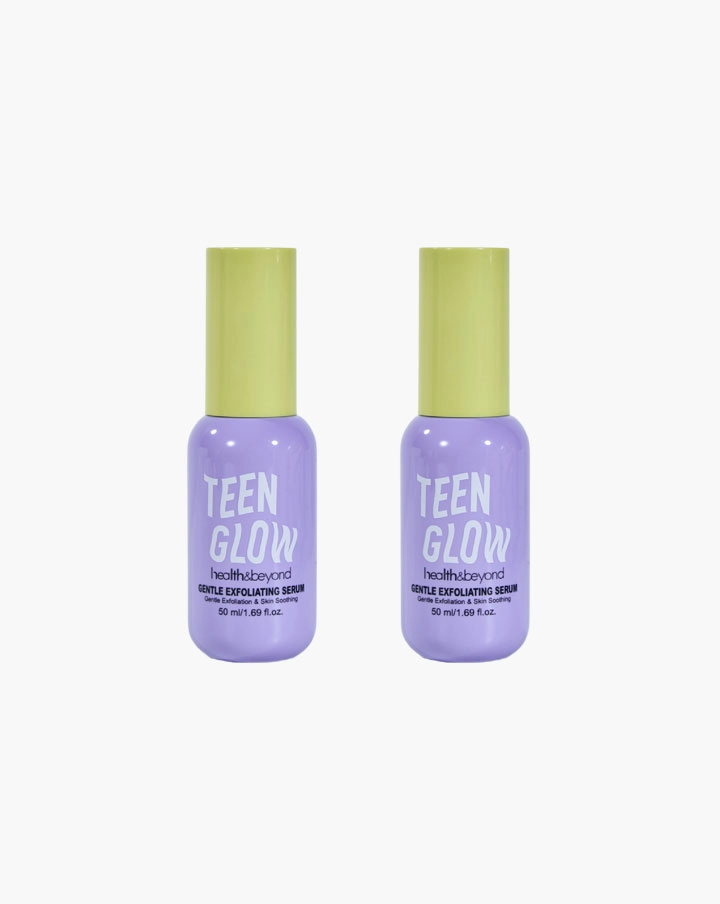In the ever-evolving landscape of the food supply chain, the packaging of fresh fruits and vegetables plays a pivotal role in maintaining quality, extending shelf life, and ensuring food safety. As consumers become increasingly conscious of sustainability and health, the demand for effective and eco-friendly packaging solutions has surged. This article delves into the various types of packaging most likely to be used for fresh produce, examining their benefits, drawbacks, and suitability for different types of fruits and vegetables.
Understanding the Importance of Packaging
Packaging serves multiple functions in the distribution of fresh produce. It protects fruits and vegetables from physical damage during transportation, minimizes spoilage by controlling environmental factors, and provides essential information to consumers. Moreover, effective packaging can enhance the visual appeal of products, influencing purchasing decisions.
Common Types of Packaging for Fresh Fruits and Vegetables
- Plastic Clamshells
- Description: These rigid containers are commonly used for berries, cherry tomatoes, and other delicate produce.
- Benefits: Clamshells provide excellent protection against bruising and contamination. They are transparent, allowing consumers to see the product, and often feature ventilation holes to maintain freshness.
- Drawbacks: While they are lightweight and stackable, clamshells are typically made from non-biodegradable plastics, raising environmental concerns.
- Polyethylene Bags
- Description: Commonly used for leafy greens, herbs, and bulk fruits, polyethylene bags are flexible and lightweight.
- Benefits: They are cost-effective and can be produced with varying thicknesses to suit different products. Perforated bags allow for gas exchange, which can help prolong freshness.
- Drawbacks: Without proper ventilation, these bags can trap moisture, leading to spoilage. Additionally, they are often single-use plastics, contributing to environmental waste.
- Cardboard Boxes
- Description: Often used for bulk shipments of apples, oranges, and other sturdy fruits, cardboard boxes are a traditional packaging choice.
- Benefits: They are recyclable and biodegradable, making them a more sustainable option. Cardboard provides good protection against physical damage and can be designed to include branding and product information.
- Drawbacks: They may not offer the same level of moisture control as plastic options, which can be a concern for certain types of produce.
- Modified Atmosphere Packaging (MAP)
- Description: This advanced packaging technique alters the composition of gases within the packaging to extend shelf life.
- Benefits: MAP is particularly effective for perishable items like cut fruits and vegetables, as it slows down respiration and delays spoilage. It can significantly reduce food waste.
- Drawbacks: The technology can be more expensive than traditional packaging methods, and not all consumers are familiar with it.
- Biodegradable and Compostable Packaging
- Description: Made from natural materials like plant starches, these packaging options are designed to break down more easily in the environment.
- Benefits: They address the growing consumer demand for sustainable solutions and can be used for a variety of fresh produce.
- Drawbacks: While they are environmentally friendly, their durability and moisture resistance can sometimes be inferior to traditional plastics.
Choosing the Right Packaging for Different Produce
The choice of packaging often depends on the specific needs of the produce being packaged. For instance, delicate items like berries benefit from clamshells that provide protection and visibility, while sturdier fruits like apples can be effectively packaged in cardboard boxes. Leafy greens may thrive in perforated polyethylene bags that allow for breathability, whereas cut fruits may require MAP to maintain freshness.
The Future of Fresh Produce Packaging
As the industry moves towards more sustainable practices, innovations in packaging technology are on the rise. Companies are exploring edible coatings, smart packaging that monitors freshness, and new materials derived from renewable resources. The integration of sustainability into packaging design is not just a trend but a necessity as consumers increasingly prioritize eco-friendly options.
Conclusion
In conclusion, the packaging of fresh fruits and vegetables is a complex interplay of protection, preservation, and presentation. Understanding the strengths and weaknesses of various packaging types is crucial for producers, retailers, and consumers alike. As the demand for fresh produce continues to grow, so too will the innovations in packaging that ensure quality, safety, and sustainability. By choosing the right packaging, stakeholders can contribute to reducing food waste and enhancing the overall consumer experience.




